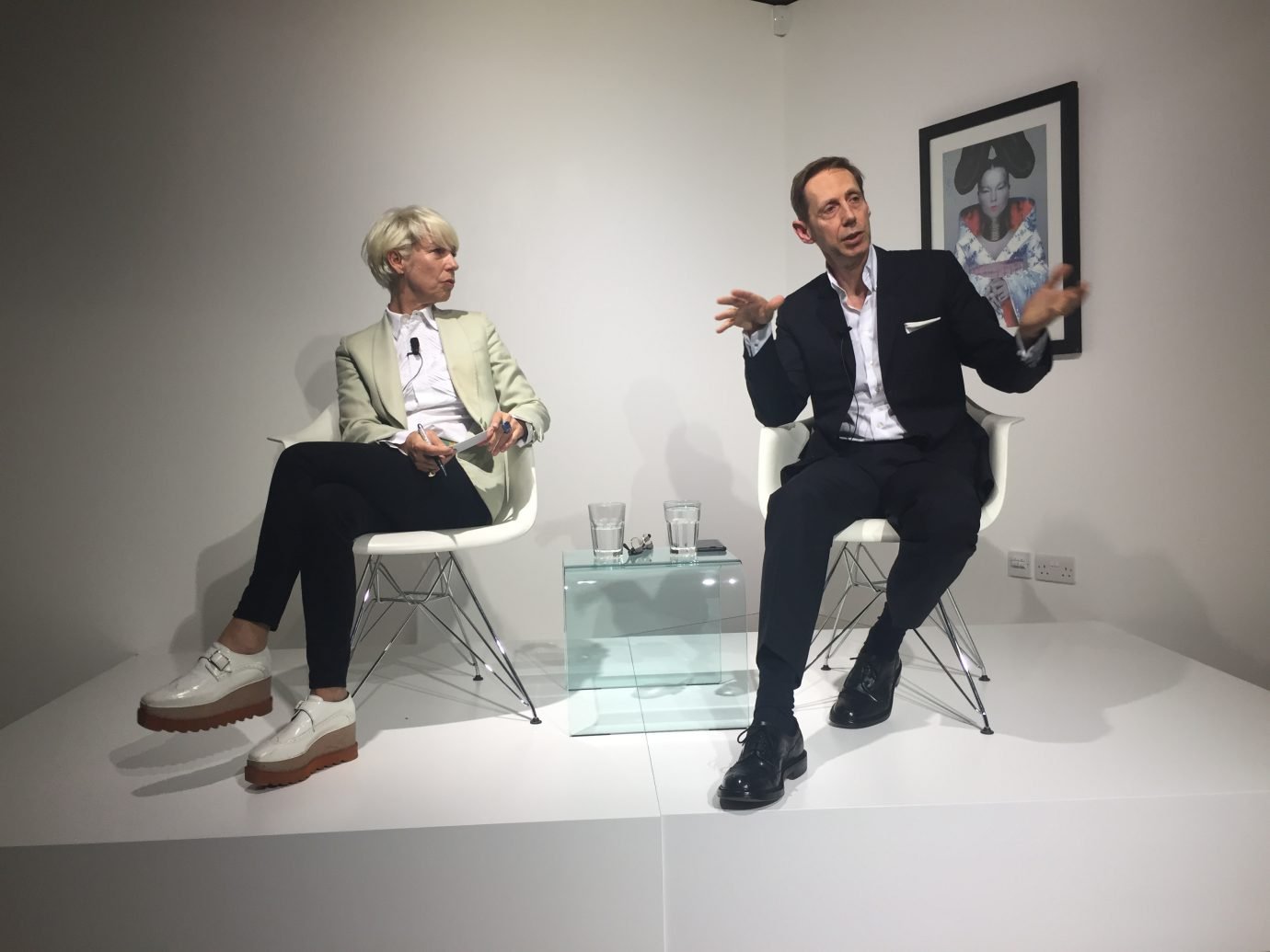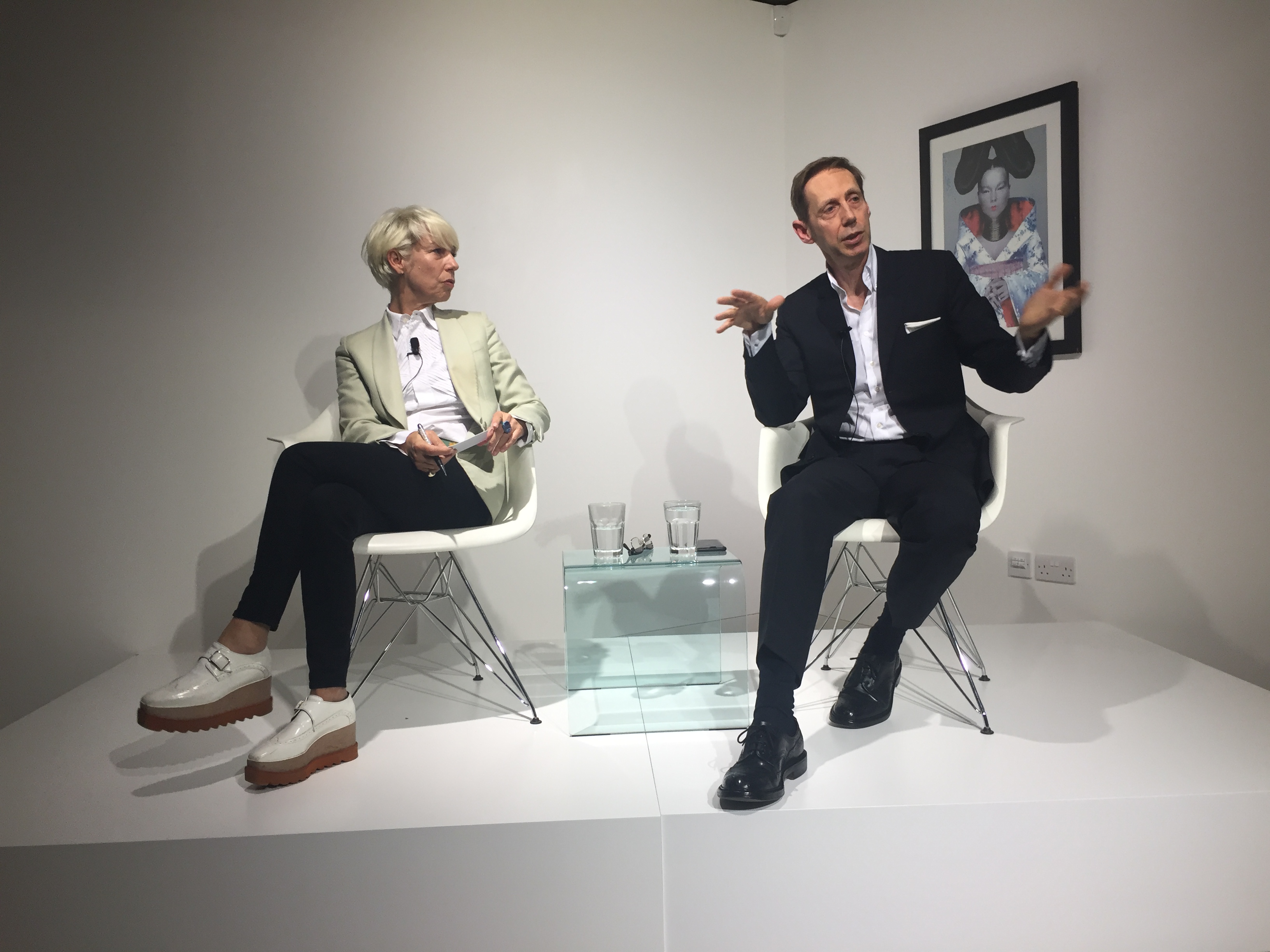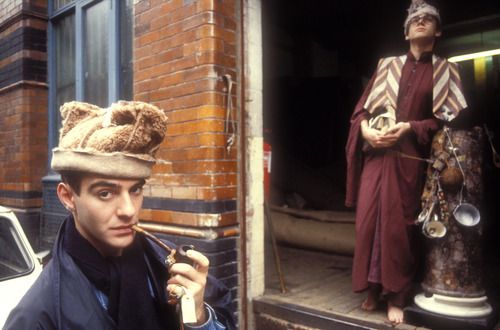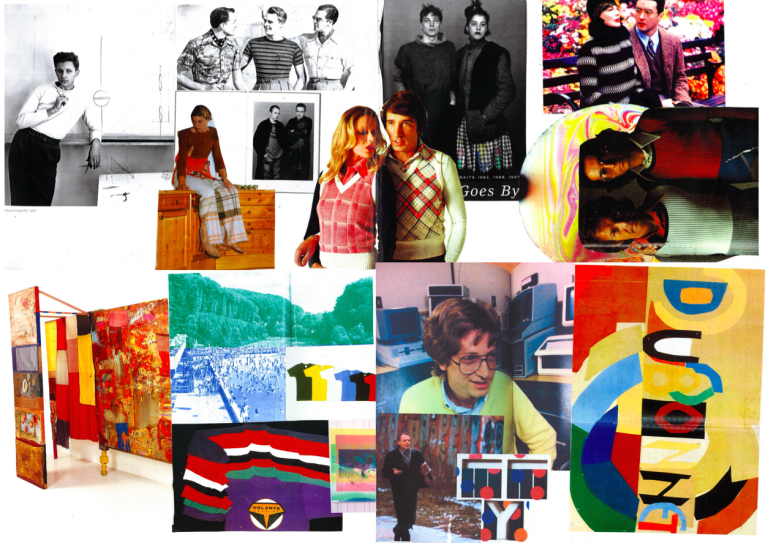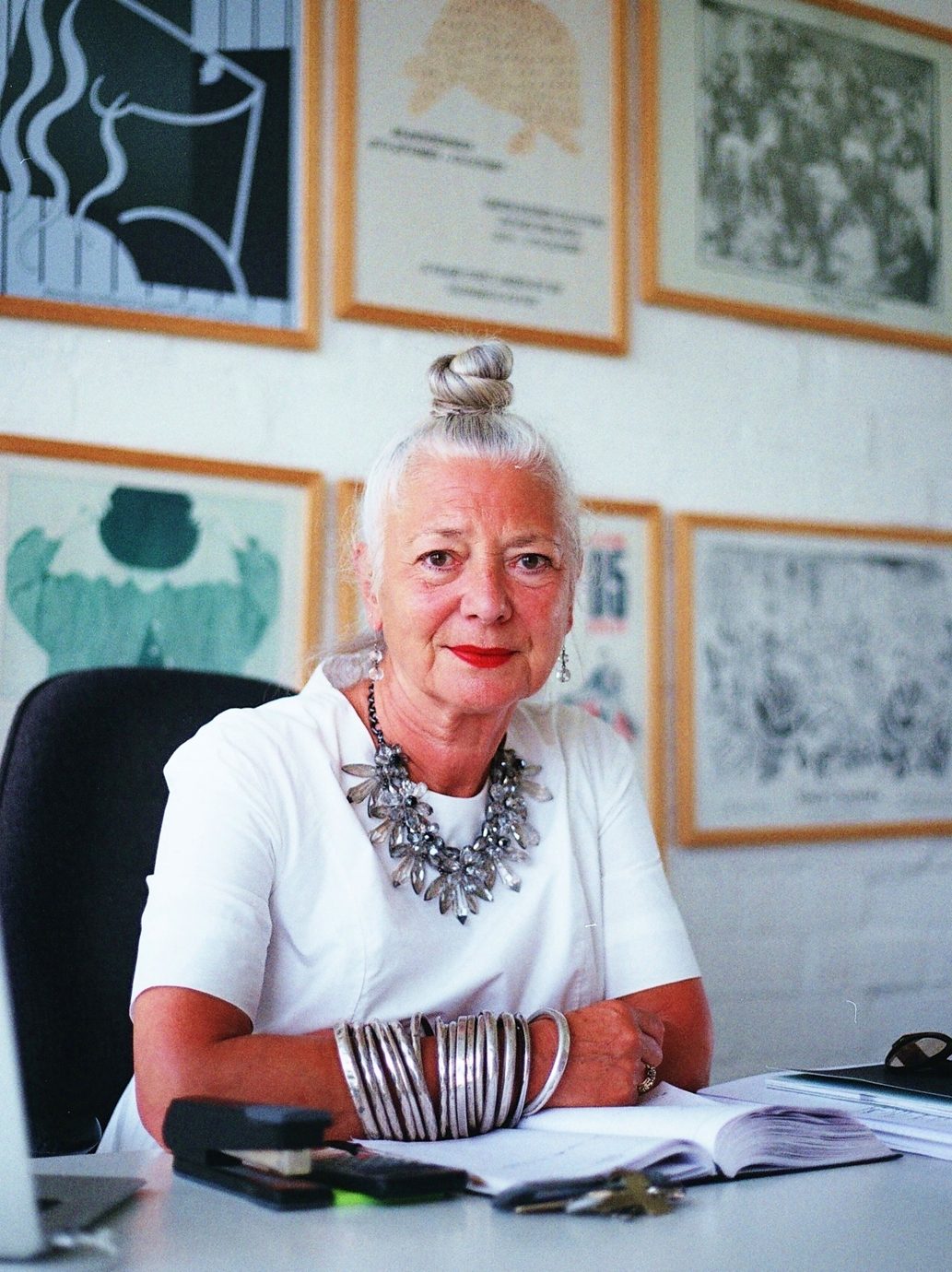Ever since the start of his career, with his first book “Skinheads” published in 1982, Nick Knight has never been afraid to stick to his vision, even if that meant turning down high-profile jobs in the process. Gianni Versace once asked Knight to shoot a campaign for his latest collection. Realizing that the way Versace wanted to present women couldn’t have been more dissimilar from his own ideas, Knight passed on the opportunity to work with the “King of Excess.”
Knight told Viglezio, and the audience, that he preferred working with designers who had a similar visual style as him. Knight mentioned his first major collaboration was with Yohji Yamamoto, which wasn’t easy, the Japanese designer never states exactly what he wants in an image. “Yohji would say something cryptic like – show me my dreams,” Knight explained. But it is exactly Yamamoto’s cryptic way of speaking that allowed Knight’s photography to flourish. During the early part of his career Knight worked closely alongside the legendary art director Marc Ascoli to help create a vision that they thought best represented Yamamoto’s clothing. They ended up producing 12 campaigns for the designer, including the highly coveted A/W 1987-1988 catalogue.
Knight stressed that collaboration is about “a way to get a sense of somebody’s head.” Even if a photographer wants to make a bold statement, the statement must be on the same thought pattern as the designer. When it came to the technical aspect, Knight spoke about how once the image is in post production many techniques can be applied to it- changing the color, or the boldness, or testing different printing or graphic effects. For Knight perfection is incredibly vital. He would do test shots over and over until he was satisfied with the results.
As the talk continued between Knight and Viglezio, noticeably (and unsurprisingly) there wasn’t an inattentive person in the small, but intimate, room at Sarabande. Viglezio asked Knight about his collaborations with Galliano and McQueen. Knight explained that while both Galliano and McQueen were brilliant designers, working with them couldn’t have been anymore different. “McQueen was not interested in being commercial. He was more interested in expressing himself,” Knight admitted. McQueen’s vision was dark and Knight felt that he needed to bring light to it. While McQueen was edgy, Galliano was romantic and elegant. “John was more commercial [than McQueen] and wanted to create ‘the’ handbag,” Knight mentioned. The main difference between working with Galliano compared to McQueen was the monetary backing that Galliano had while at Dior. Knight honestly admitted that “once Mr. [Bernard] Arnault got more involved with Dior, I started working less for them.”
Throughout the talk Knight spoke openly about his thoughts on a range of topics, from Instagram to fashion magazines. What was referenced constantly was the idea of change. “Magazines aren’t adapting to the change that the internet brings,” Knight expressed. “The relationship between editors and magazines and photographers is corrupt.” Knight declared that young creatives should start showing their work on the internet and bypass fashion. For knight the internet offers what, for him, fashion cannot: freedom. “What I have against fashion is it only represents one type. I’ve never felt comfortable with that,” he confided. “Most fashion is run by money.” This is where the internet and social media, specifically Instagram, become important. Instagram allows Knight to show his work how and when he wants to, without worrying about the thoughts of any corporate executives.
As the talk at Sarabande was coming to an end, Viglezio asked Knight one final question. “Can you say anything positive about the fashion industry?” This prompted a lot of laughter from the audience. Knight went silent for a few seconds, looked at Viglezio, and then the audience. He replied, “The internet, fashion film, and diversity of models.” Overall, while there is darkness there is always some light.

